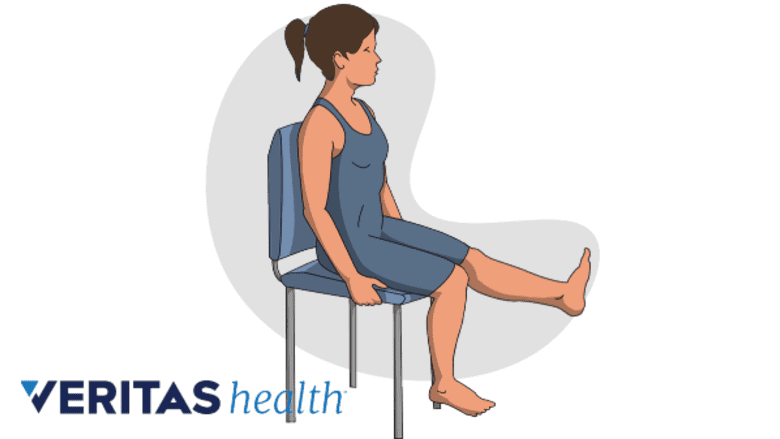Your hamstrings are large muscles located on the back of your thighs. If your hamstrings are tight, it limits motion in your pelvis, which can lead to injuries.

Stretching can lead to more flexible, less injury-prone hamstring muscles.
This is particularly true for sports and activities that involve the feet striking the ground when the leg is mostly straight and the body is decelerating or changing direction, like football, soccer, rugby, basketball, track and field, and gymnastics.
But a regular routine of hamstring stretches can gradually lengthen these muscles, making them less prone to injury. It takes time and effort to loosen tight muscles, so you should commit to doing one or more hamstring stretches at least twice a day over the long term to get the best results.
When you’re doing these stretches, make sure to keep breathing and don’t bounce. Instead, gently enter the stretch in a single movement and hold it. To help prevent muscle tearing, don’t push yourself to the point of discomfort or pain.
If your hamstrings are tight, start with the gentle exercises, then move on to the intermediate exercises as your flexibility increases.
See Preventing Hamstring Tears
Gentle hamstring stretch
Seated chair stretch
Sit at the front edge of the chair and straighten one leg in front of you, with your heel of the ground and your toes pointed at the ceiling. Then keep your back straight and lean forward over the outstretched leg. You should feel the stretch in the back of your thighs. To increase the stretch, prop your heel on a stool or second chair rather than the floor. The higher you elevate your foot, the deeper the stretch.
Intermediate hamstring stretches
Supine hamstring stretch (also called towel hamstring stretch)
Lie on the floor with your left knee bent and your left foot flat on the floor. Keeping your abdominal muscles tight, lift the straight right leg slowly upward. If your hamstrings are tight, try wrapping a belt or exercise band around your right instep and hold onto the ends, using it to help you lift your leg. When you feel a gentle stretch in the back of the right thigh, hold for at least 15 seconds, then lower the leg to the floor. Repeat 3 times per side, alternating your legs.
Wall hamstring stretch
Lie on the floor with your knees bent and your hip next to a doorjamb or wall corner. Place the leg nearest the corner on the wall, with the knee bent. Slowly straighten the leg against the wall while keeping your hips flat on the floor. Hold for 15 to 30 seconds. Repeat 3 times per side, alternating between legs. If you’re already pretty flexible, try doing both legs at the same time.
If you do injure your hamstring muscles, these stretches can also help you through the recovery process. However, any aggressive stretching in the early part of recovery should be avoided, so that the muscles have a chance to heal and create scar tissue.
See Hamstring Tears: Treatment
Also, if you experience a hamstring injury and make stretches part of your routine as you recover, this may be helpful in avoiding a reinjury—the most common cause of hamstring injuries.
Learn more
Hamstring Tears: Signs and Symptoms
Treating Acute Sports and Exercise Injuries in the First 24 to 72 Hours




